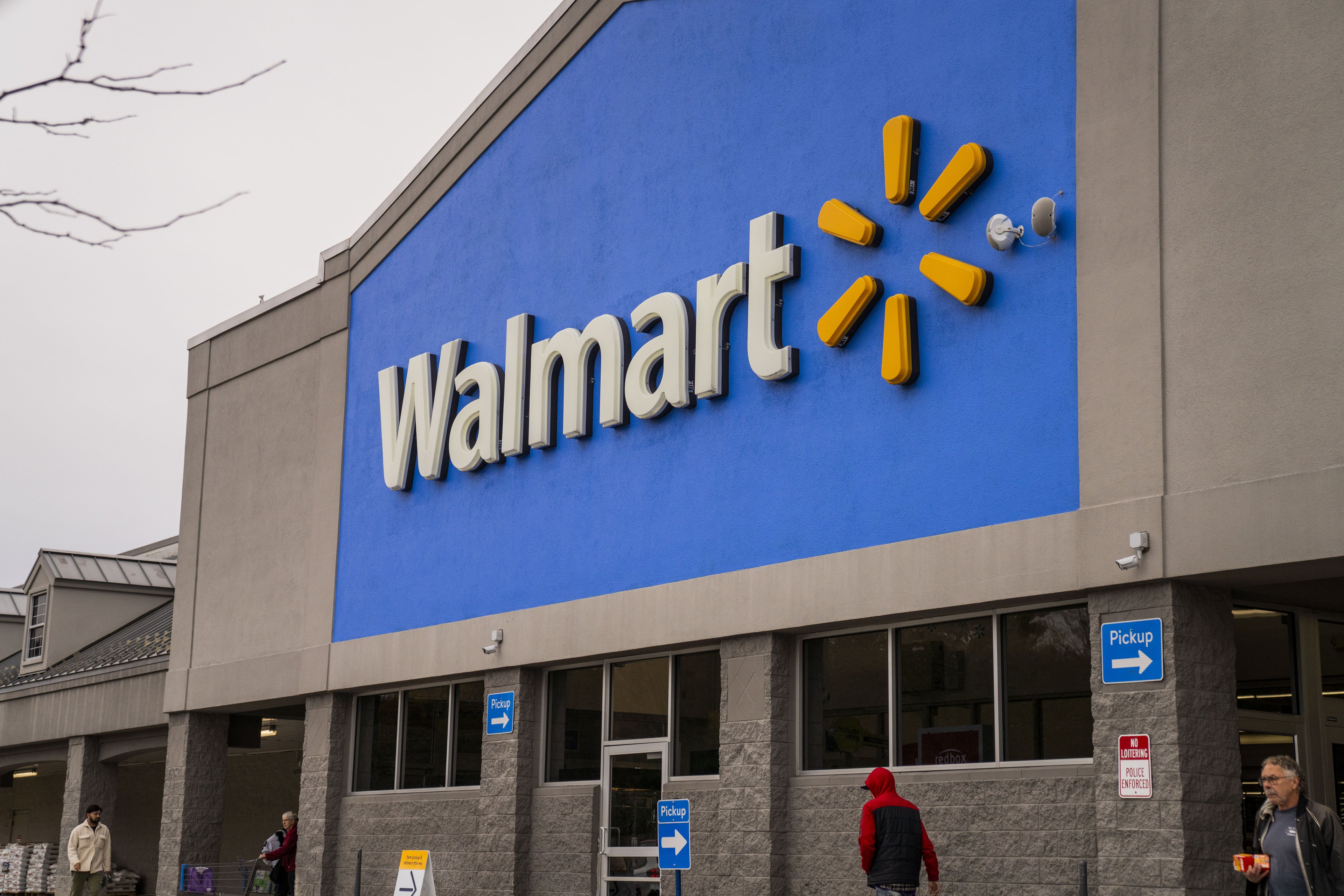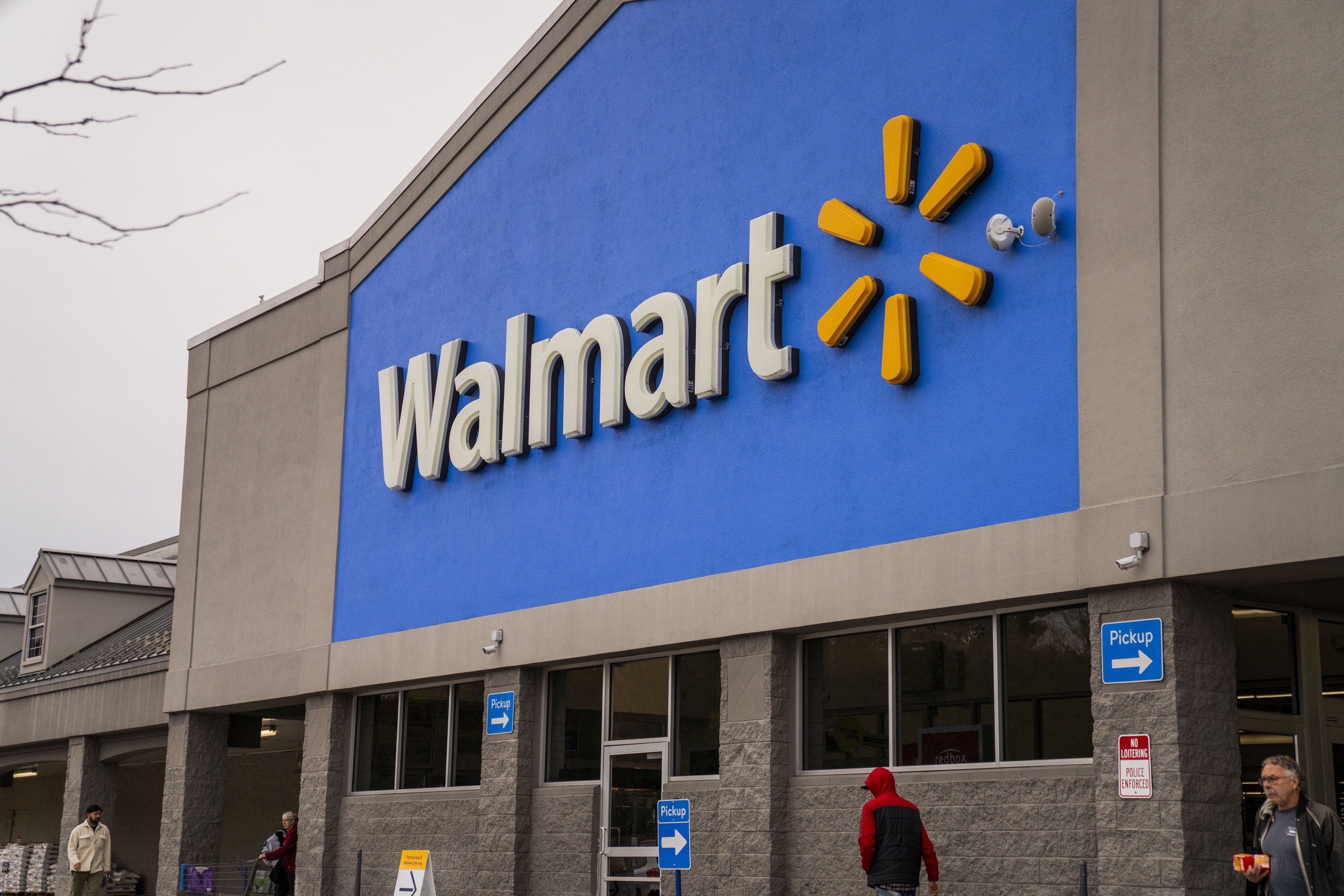Peter Lynch rose to fame in the 1980s as Fidelity Magellan's fund manager. He ran the portfolio from 1977 until 1990, racking up big, market-beating gains for its shareholders. His 29% annual return was about double the S&P 500 Index, leading to a $1,000 investment growing to $28,000 in those 13 years.
The legendary investor shared his wisdom by writing books, notably One Up on Wall Street and Beating the Street. His key concepts were to invest in what you know, look for companies that have a competitive advantage, and those that have a strong balance sheet.
With these solid principles, it is time to look at a couple of retailers and a maker and retailer of athletic goods that would earn Peter Lynch's approval.

Image source: Getty Images.
Walmart
Walmart's (WMT +0.66%) business is simple to understand. Its long-standing philosophy is to control costs and pass these saving along to customers by offering low prices. Many companies talk about cutting expenses and saving customers money, but it is way more than that at Walmart. It is a key part of the company's culture since its first discount store opened nearly 60 years ago. The fact is, Walmart actually squeezes costs and keeps its prices at rock-bottom levels.
Although the pandemic helped boost its fiscal first quarter 2021 (ended April 30, 2020) results, with U.S. same store sales (comps) increasing 10%, the low prices on a host of items always resonate with shoppers. In a recession, it has even greater appeal.
Turning to Walmart's balance sheet, there's no concern in this area. It had $53 billion of debt, a respectable 44% debt/total capital ratio.
Costco
Costco Wholesale (COST +2.03%) charges members an annual fee to shop at its warehouses. This provides them with a whole host of high-quality goods at low prices. Obviously, this is an attractive combination. No wonder it has strong customer retention. In its fiscal third quarter (ended May 10, 2020), renewal rates were 91% in the U.S. and 88% worldwide.
The proof is in the results with Costco's long track record of posting comps increases and growing its operating income.
Its balance sheet is healthy, too. It ended the third quarter with $9.1 billion of debt (35% debt/total capital).
Nike
Nike (NKE +4.46%) sells athletic footwear and apparel under its well-respected brand. COVID-19 caused a widespread shutdown of its own stores and other retailers that carry its wares, hurting quarterly results. This is only temporary, however.
With global brand recognition, Nike is a worldwide powerhouse, generating about 60% of its revenue from outside of the United States.
This size and international presence give it advantages over rivals who can't match its global reach. A marketing juggernaut, competitors find it difficult to keep pace with Nike, particularly with its stable of athletes that the company pays to endorse its products and the money it shells out to endorse sporting events.
Combined with Nike's history of constant innovation that allows the company to evolve and stay a step ahead, this gives it powerful competitive advantages. Right now, it is pushing the digital channel, giving its customers another avenue to purchase the company's goods.
Nike's fiscal third quarter (ended Feb. 29) debt was $3.5 billion. This translates into a healthy 28% debt/total capital ratio.








